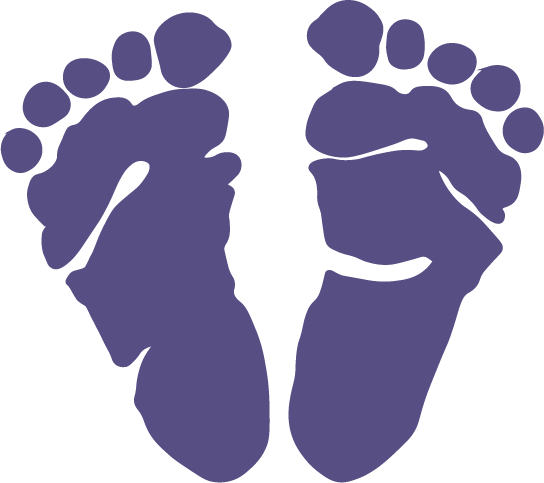Balancing Life and Baby: Understanding CDC Breast Milk Storage Guidelines
CDC breast milk storage guidelines are essential knowledge for every breastfeeding parent. Breastfeeding is a beautiful journey, but life often demands flexibility. Whether you’re returning to work, planning a night out, or simply building an emergency stash, proper breast milk storage ensures your baby gets nutritious milk every time.
Why CDC Breast Milk Storage Guidelines Matter
Improper breast milk storage can compromise milk quality, reducing its health benefits and potentially creating risks for your baby. Adhering to CDC breast milk storage guidelines ensures milk stays safe, nutritious, and beneficial for your baby’s growth and health.
Breast Milk Storage Guidelines: CDC Recommendations
Cleanliness Is Key
Before expressing or handling breast milk, always wash your hands thoroughly with soap and water. Use sanitized breast pump parts and storage containers, ensuring daily sanitization.
Selecting the Right Storage Container
Choose BPA-free plastic bottles with tight-fitting lids, glass containers, or breast milk storage bags designed specifically for milk storage. Avoid disposable bottle liners or generic plastic bags.
For more resources on breast milk storage, visit our SWP Baby page.
CDC Recommended Storage Timeframes
Room Temperature (77°F or cooler)
- Freshly expressed breast milk: up to 4 hours
Refrigerator (40°F or cooler)
- Freshly expressed milk: up to 4 days
- Thawed breast milk (previously frozen): up to 24 hours
Freezer (0°F or colder)
- Ideal storage: up to 6 months, safe up to 12 months
Handling and Thawing Breast Milk Safely
Thaw frozen milk safely by placing it in the refrigerator overnight or under warm running water. Alternatively, place the container in warm water. Avoid microwaving breast milk as it creates hot spots and destroys essential nutrients. Use thawed milk within 24 hours, and never refreeze thawed milk. If your baby doesn’t finish a feeding, discard leftover milk within two hours.
Organizing and Storing Breast Milk Efficiently
- Label containers clearly with the date expressed.
- Store milk in small quantities (2–4 ounces) to minimize waste.
- Follow a “first in, first out” system.
Traveling with Breast Milk
When traveling, maintain milk at safe temperatures using an insulated cooler with ice packs. This method keeps milk fresh at 40°F or cooler for up to 24 hours.
Keeping Your Baby Healthy with Proper Storage
Adhering to CDC breast milk storage guidelines allows your baby to benefit from safe and nutritious milk. Proper storage and handling practices protect your baby’s health, ensuring you’re ready for any situation life brings.
Do you have additional breast milk storage tips? Share them in the comments—we’d love to hear from you!
Sources



